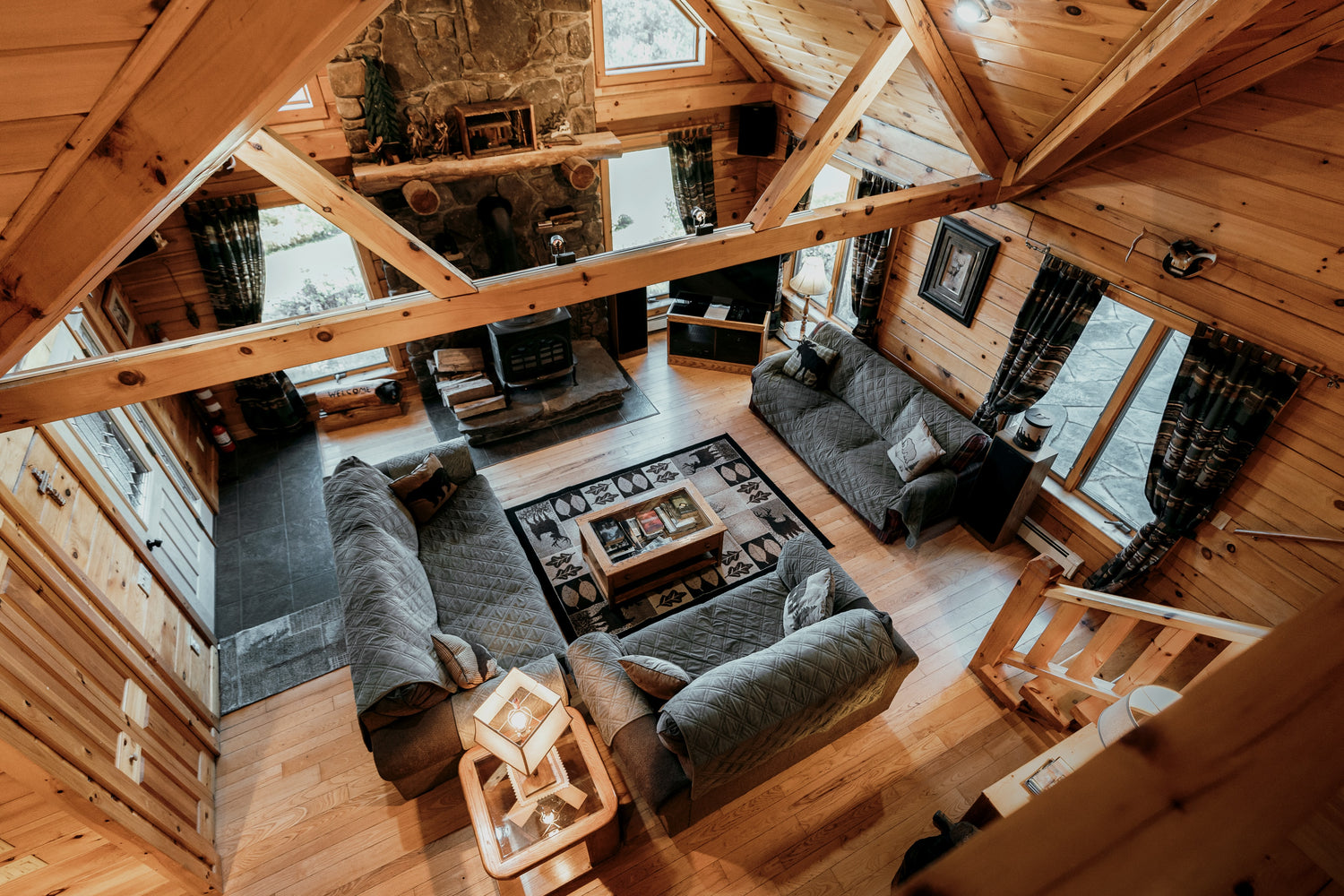Cedar Wood
-
Cedar wood is a versatile and durable domestic hardwood that grows on both the East and West coasts of the US. Although there are many different types of cedar trees, the ones most commonly used for their lumber are Eastern and Western Red Cedar.
Cedar is prized for many reasons. It is naturally weather and insect resistant, gives off a pleasing and recognizable scent, and is aesthetically attractive to look at. The color of red cedar wood starts out a rich reddish brown- a slightly redder color than cherry wood- but can vary greatly depending on the growing conditions of the tree and tends to change over time as it is exposed to sunlight and oxygen.
-
Characteristics of Cedar Wood
- Color: Pinkish-Red with Purple Tinges
- Source: Eastern Red CedarTree (Juniperus virginiana L.)
- Durability: 900 on the Janka scale
- Cost: $3-6 per board foot
- Common Uses: Hope chests, indoor moulding, outdoor furniture, flooring, decking, and siding
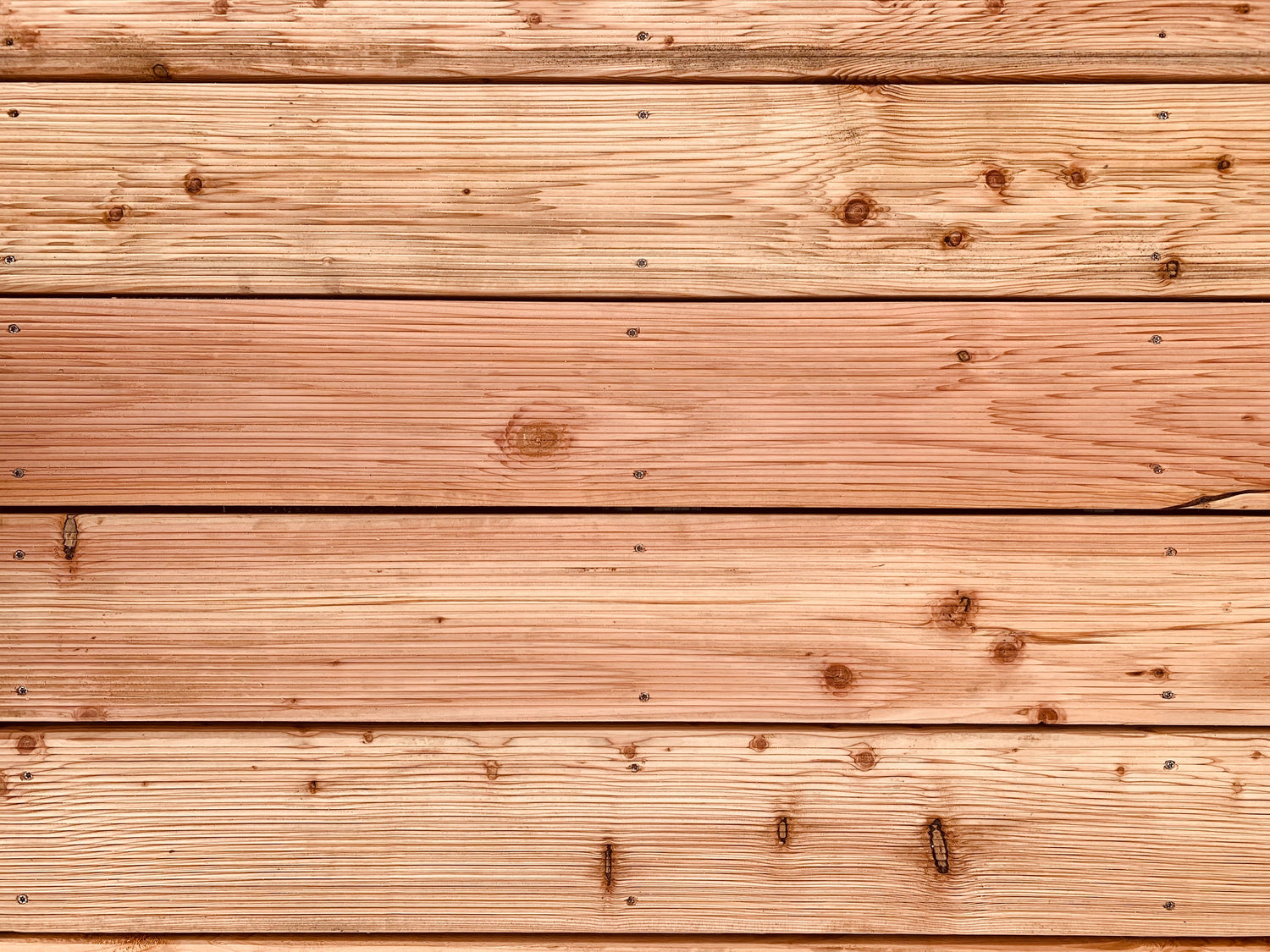
What Color is Cedar Wood?
Most types of cedar wood are a pinkish-red color, though it can have some purple tones as well. As it ages it loses its reddish hues and becomes a silver or gray color.
Why Does Cedar Wood Change Colors Over Time?
All natural wood changes colors over time due to chemical reactions which occur between extractives in the wood, like oil, and the environmentchiefly oxygen and UV rays. Lighter woods will usually darken, and darker woods will lighten. Cedar is unique in that, instead of mellowing out, blending, or developing a patina, it turns silver or gray. The color shift is quite dramatic and can happen rapidly.
What are the Common Uses of Cedar Wood?
Cedar wood has many applications. It is naturally rot and insect resistant, so it is frequently used for outdoor applications, such as outdoor furniture, decking, and siding. However, cedar is also frequently used to create indoor furniture like chests and tables, as it has a unique reddish hue and gives off a welcomed scent. Some variants are used to make boats, musical instruments, and other small objects as well.
What Does the Grain Pattern of Cedar Wood Look Like?
As a gymnospere tree, Cedar lumber is often knotty and is usually straight-grained, though it can sometimes be figured too.
Is Cedar a Hardwood or Softwood?
Its a common misconception that the terms hardwood and softwood relate to the durability of wood. The phrases really denote whether the wood comes from a tree thats in the gymnosperm or dicot group.
Gymnosperms are usually trees with needles, such as fir and pine. Theyre considered softwoods. Dicots are usually leafy trees, such as cherry, walnut, oak, and maple. Theyre considered hardwoods.
Eastern and Western red cedar are gymnosperm trees, so most cedar wood is considered softwood. Spanish and yellow cedar, however, are hardwoods. With that said, Eastern red cedar, although considered a softwood, has a significantly higher janka rating than the other varities and is thus stronger and more durable.
-
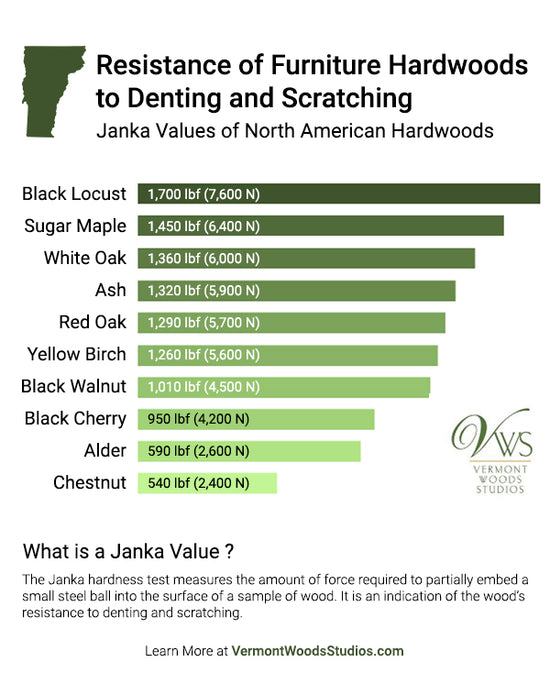
-
How Durable is Cedar Wood?
Cedar is one of the least dense domestic wood types, which is why its been historically used to make canoes and boats. To better understand the denseness or hardness of cedar wood, we can use the Janka hardness test and resulting ratings.
Eastern white cedar and western red cedar are 320 Janka and 350 Janka, respectively, which places them near the bottom of the scale. Yellow cedar and Spanish cedar are 580 Janka and 600 Janka, which puts them in the neighborhood of chestnut and red alder. Eastern red cedar has the highest rating of the group at 900 Janka, which still places it well below virtually every other wood used for furniture, floors, and construction.
Where Does Cedar Come From?
Different types of cedar trees grow all over the world. Red cedar, the wood most commonly found in woodworking, grows on both the East and West coast of the United States. Eastern red cedar is a significantly harder and stronger wood than the red cedar that grows on the West coast. White cedar is also found along the East coast.
There are also cedar trees in Alaska (yellow cedar) and Central and South America (Spanish cedar). We recommend against the use of these two types of cedar wood due to the environmental impacts of harvesting and transporting them. Spanish cedar exists in the dwindling forests in Central and South America and is considered vulnerable to extinction. Despite this, Spanish cedar is still commonly found and used in the US. The yellow cedar population is also declining.
Can Cedar Wood Furniture Go Outside?
Cedar is seen as the most weather-resistant domestic hardwood. It is often used for outdoor applications, but over time it will decay in the elements, just like any other wood on the planet.
Because of these factors, we recommend recycled pastic lumber (RPL) instead. Its made from recycled high-density plastic, so its maintenance-free and lasts forever. We have a line of outdoor furniture made by Polywood.
Is Cedar Wood Eco-Friendly? Are Cedar Trees Endangered?
Its difficult to measure the environmental impacts of using cedar wood. For the most part, Eastern and Western Red Cedar are both sustainably harvested and abundant in their respective growing climates, as is Eastern White Cedar. However, other types of cedar trees are less fortunate.
Spanish cedar is considered vulnerable to extinction, and the forests where it grows are under siege by organized crime. Supporting the logging of these forests, whether for Spanish cedar or some other exotic wood, is discouraged. Not only that, but the importation process results in a higher carbon footprint.
Alaskan yellow cedar is also facing declining populations, so we recommend not supporting the harvesting of these trees.
Complicating the supply chain of cedar wood, most lumber yards wont distinguish between any of the above listed varieties of cedar. Because of this, it would be easy to unknowingly purchase Spanish Cedar.
If youre going to use cedar wood, take extra care to make sure youre buying domestically harvested lumber.
Read More on the Blog
-
5 of the Most Common Types of Cedar Trees
Read MoreYou can see that an internet search for "cedar tables" shows what appears to be multiple types of cedar wood. Here's a breakdown of 5 of the most common types of cedar.
-
Hardwood Furniture Buyer's Guide, Part 1
Read MoreThis hardwood dining table, buffet and chair set is made of American black cherry wood. Mortise and tenon joints are used as well as dovetails in the drawers of the buffet.
-
5 Wood Sourcing Certifications
Read MoreSustainable wood sourcing is essential to protecting forests and conserving resources for future generations. By understanding what each designation stands for, you can make informed decisions when purchasing.
-
FSC Certified Wood: Everything You Need to Know
Read MoreSupporters of the sustainable American-made furniture movement prefer the use of domestic wood over the use of imported FSC certified wood.
-
Wood Furniture Buyer's Guide
Read MoreShopping online for high quality wood furniture requires some research. After all, fine furniture is a big investment.
Other Types of Wood Species
-
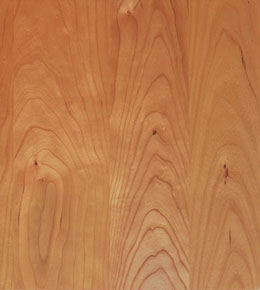
Cherry Wood
More About Cherry -
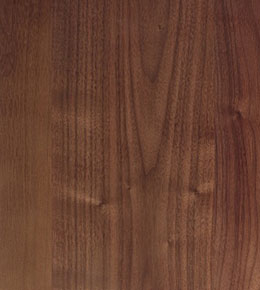
Walnut Wood
More About Walnut -
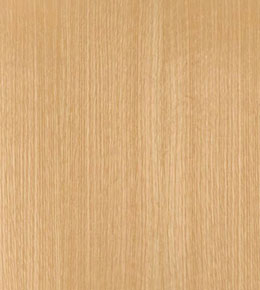
Oak Wood
More About Oak -
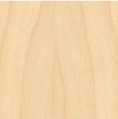
Maple Wood
More About Maple

